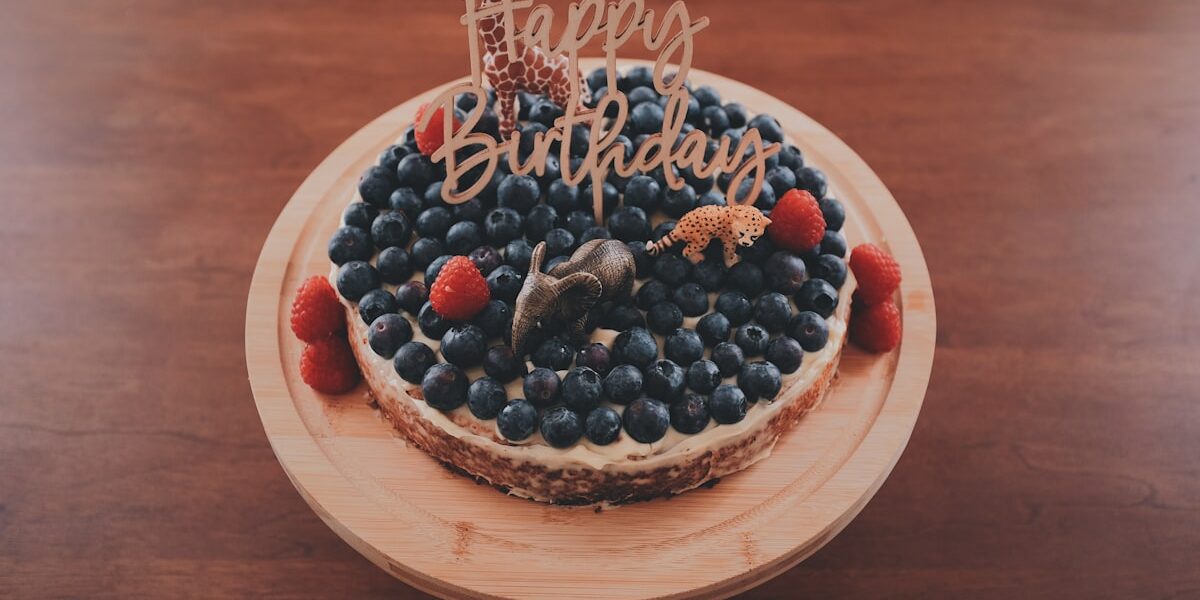Discovering the 1958 Double Die Penny
In the world of numismatics, few items generate as much excitement as the unassuming 1958 double die penny. This sought-after penny, minted in 1958 at the U.S. Indianapolis facility, has earned a reputation for being a rarity among coin collectors due to its double die obverse.
What Is a ‘Double Die’?
A question that might be nagging you is ‘What exactly is a double die?’ Put simply, it’s a numismatic term used to denote coins that exhibit two separate impressions from the engraving die. This phenomenon, typically resulting from the misalignment of the die, yields a doubled image – hence, the term ‘double die’.
Recognizing the 1958 Double Die Penny
Identifying the 1958 double die penny requires a trained eye. The attributes hinting at this anomaly are subtle yet distinct. Variations in the ‘IN GOD WE TRUST’ inscription and the ‘1958’ date are especially significant. An apparent vertical shift in the characters signals the penny’s double die nature.
Its Unique Rarity
The double die doesn’t occur in every coin series or denomination. However, the 1958 double die penny is of particular interest due to its highly uncommon occurrence in the Lincoln wheat cent series. Such anomaly has not been noted in any other year within this series, making this penny a unique piece.
Value and Demand
Collectors well understand that rarity often mirrors value. Granted, the value of any coin is contingent on factors such as condition and demand. Meticulously stored 1958 double die pennies, given their rarity, command impressive values in the coin market. Buyers willingly invest hundreds – sometimes thousands – of dollars for these precious pennies.
Spotting Counterfeit
Where there’s value, counterfeiters follow – it’s one of life’s monotonous aspects. It’s common to encounter counterfeit 1958 double die pennies in circulation. The most common method employed to create these fakes is by adding a doubled image to an existing penny. Here’s a tip: the double image from these counterfeit methods generally appears softer and less defined than that of the genuine pennies.
Getting Your Penny Certified
If you’re so lucky to stumble upon a 1958 double die penny, you may consider getting it certified. A certified grading company will evaluate its authenticity and assign a grade based on its condition. Once certified, the coin’s value is confirmed, and it becomes a definitive asset in any numismatic collection.
Wrap Up the Hunt
The 1958 double die penny encapsulates the intriguing aspect of coin collection—unfolding history in its minuscule details. This unassuming coin underscores the fact that value doesn’t always come in large amounts or ostentatious displays. Additionally, it holds a tale of chance, rarity, and the thrill of discovery, embedded within its copper confines.
Recommended Collecting Supplies
Coin Collection Book Holder Album – $9.99
312 pockets for coins of all sizes.
20x Magnifier Jewelry Loupe – $13.99
Essential tool for examining coins and stamps.
As an Amazon Associate, we earn from qualifying purchases.



